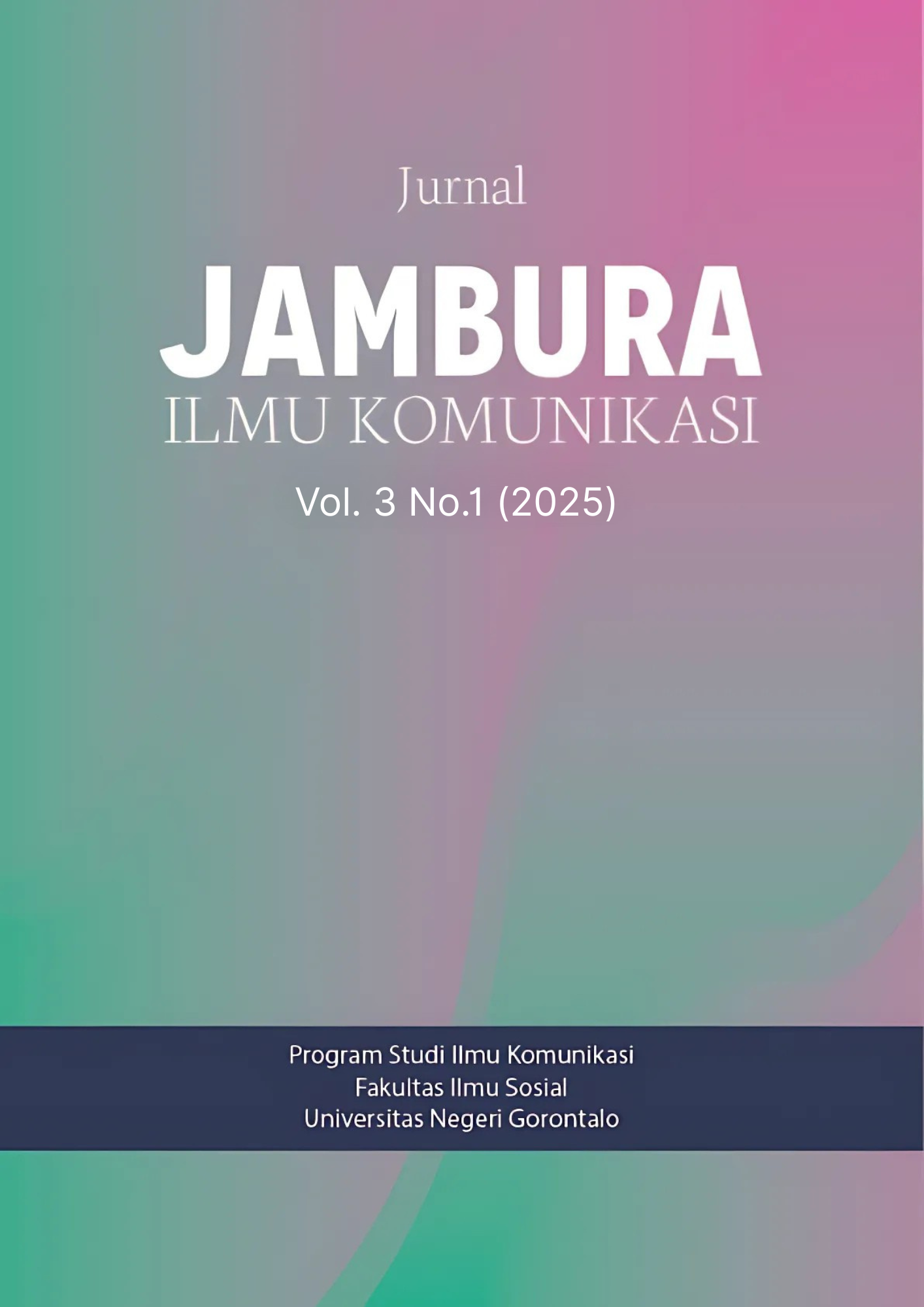Hambatan Komunikasi Dalam Pembelajaran Membaca Alquran Bagi Penyandang Tunarungu
DOI:
https://doi.org/10.37905/jik.v3i1.142Keywords:
Quran Reading, Sign Language, Hearing Impairment, Communication Barriers, EffectivenessAbstract
The ability to read the Quran is an essential aspect of Islamic religious education, including for students with hearing impairments who experience limitations in hearing and speaking. This study aims to identify communication barriers and assess the effectiveness of sign language use in Quran reading instruction for students with hearing impairments at the Hellen Wimberty Deaf Foundation in Gorontalo City. This study uses a qualitative approach with data collected through observation and interviews with five informants, including volunteer teachers and deaf students. The findings reveal several main barriers in the learning process, primarily stemming from differences in sign language systems. The first barrier is that the teacher uses BISINDO (Bahasa Isyarat Indonesia or Indonesian Sign Language), while the students use SIBI (Sistem Isyarat Bahasa Indonesia or Indonesian Sign System), which leads to misunderstandings. The second barrier involves psychological factors, such as mood changes that affect learning motivation. Lastly, there are human limitations, such as weak memory retention of sign movements. The foundation of Hellen Wimberty Deaf applies strategies such as using the sign language Juz Amma guide published by the Indonesian Ministry of Religious Affairs and the Iqra’ method to practice memorizing hijaiyah letters. Additionally, teachers pay close attention to facial expressions and body posture as important elements of nonverbal communication. This study demonstrates that the use of sign language is effective in helping students with hearing impairments learn to read the Quran, as long as the methods used align with their specific needs. This learning process proves that religious education can be made accessible and inclusive for all, including students with hearing impairments, through appropriate and communicative approaches.


